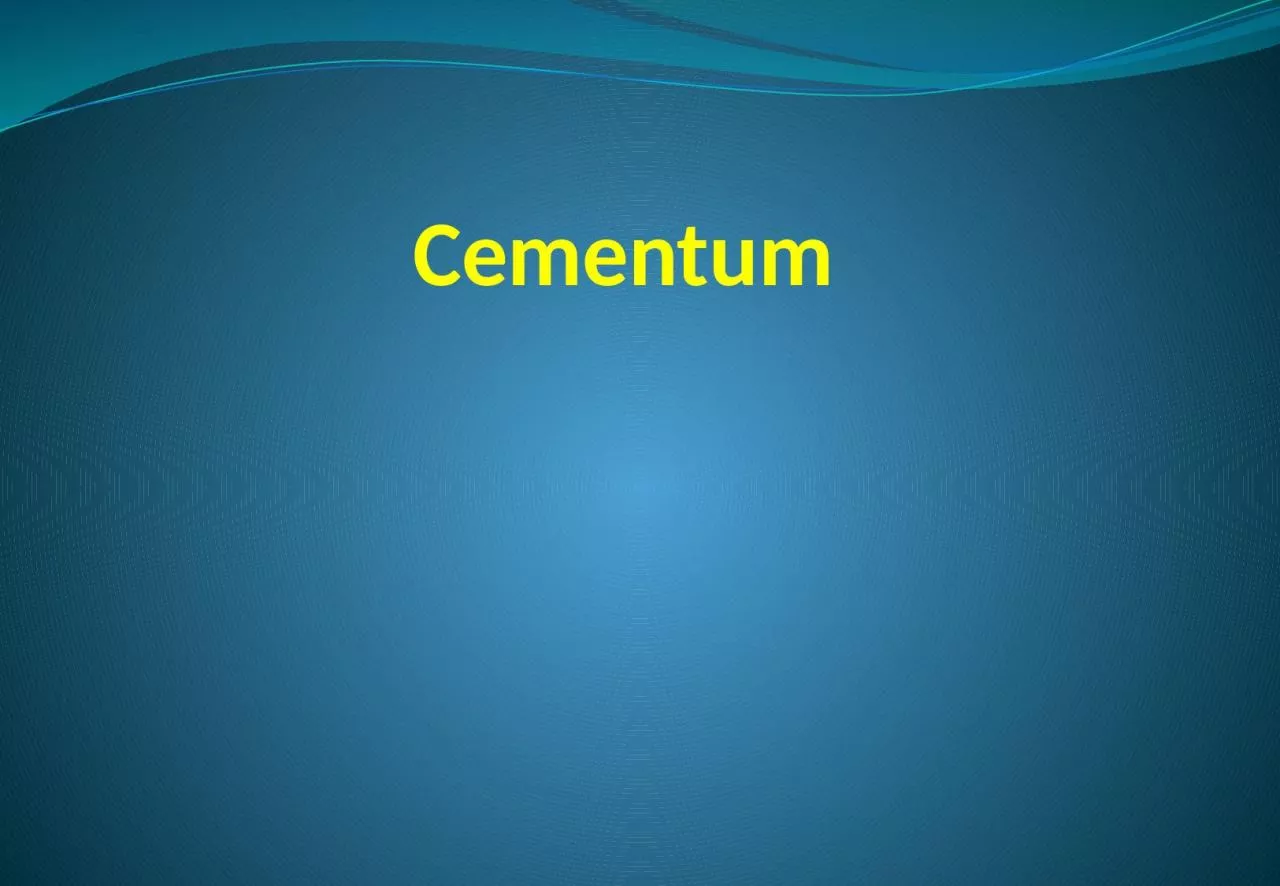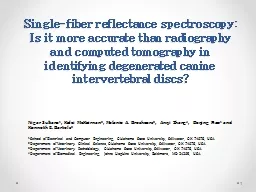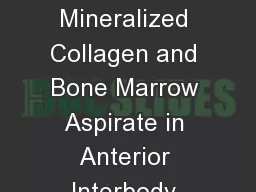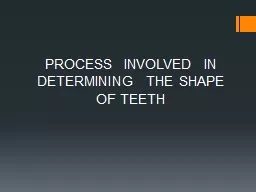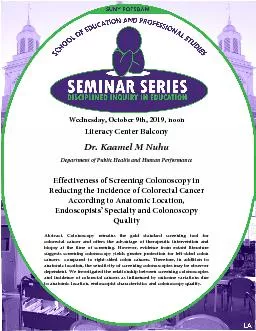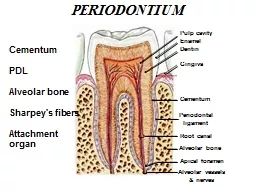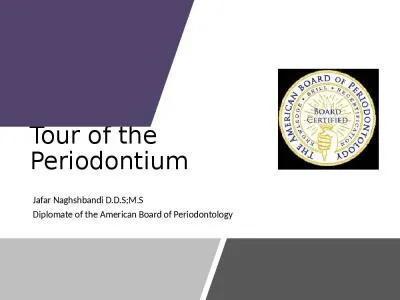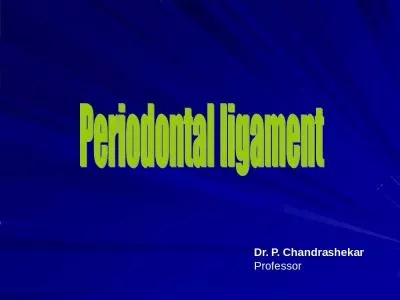PPT-Cementum Cementum: Is a mineralized dental tissue that covering the anatomic roots of
Author : cadie | Published Date : 2022-06-15
Unlike bone however human cementum is avascular and noninnervated Cementum is thinnest at the cemento enamel junction and thickest toward the apex Like dentin
Presentation Embed Code
Download Presentation
Download Presentation The PPT/PDF document "Cementum Cementum: Is a mineralized dent..." is the property of its rightful owner. Permission is granted to download and print the materials on this website for personal, non-commercial use only, and to display it on your personal computer provided you do not modify the materials and that you retain all copyright notices contained in the materials. By downloading content from our website, you accept the terms of this agreement.
Cementum Cementum: Is a mineralized dental tissue that covering the anatomic roots of: Transcript
Download Rules Of Document
"Cementum Cementum: Is a mineralized dental tissue that covering the anatomic roots of"The content belongs to its owner. You may download and print it for personal use, without modification, and keep all copyright notices. By downloading, you agree to these terms.
Related Documents

